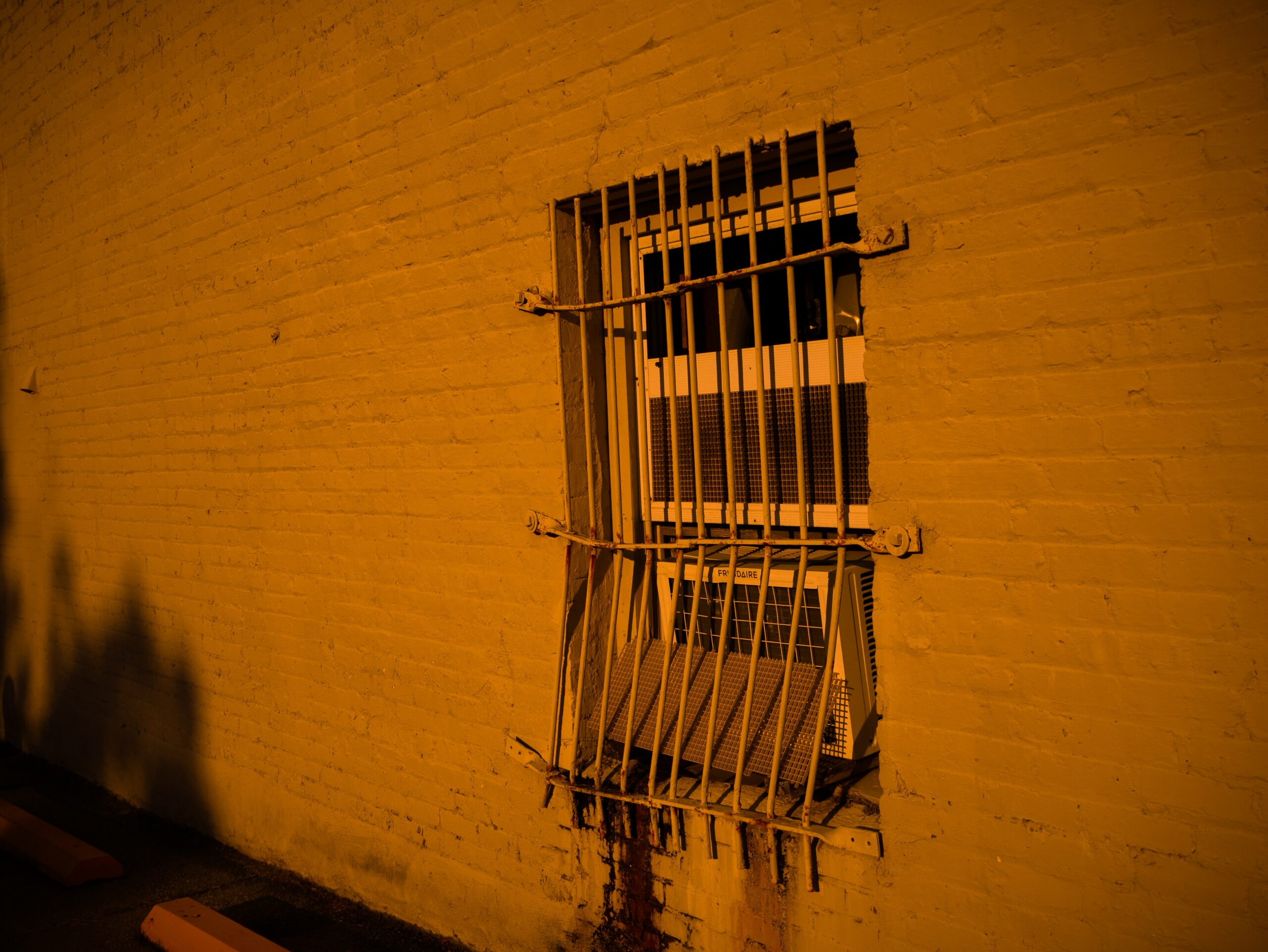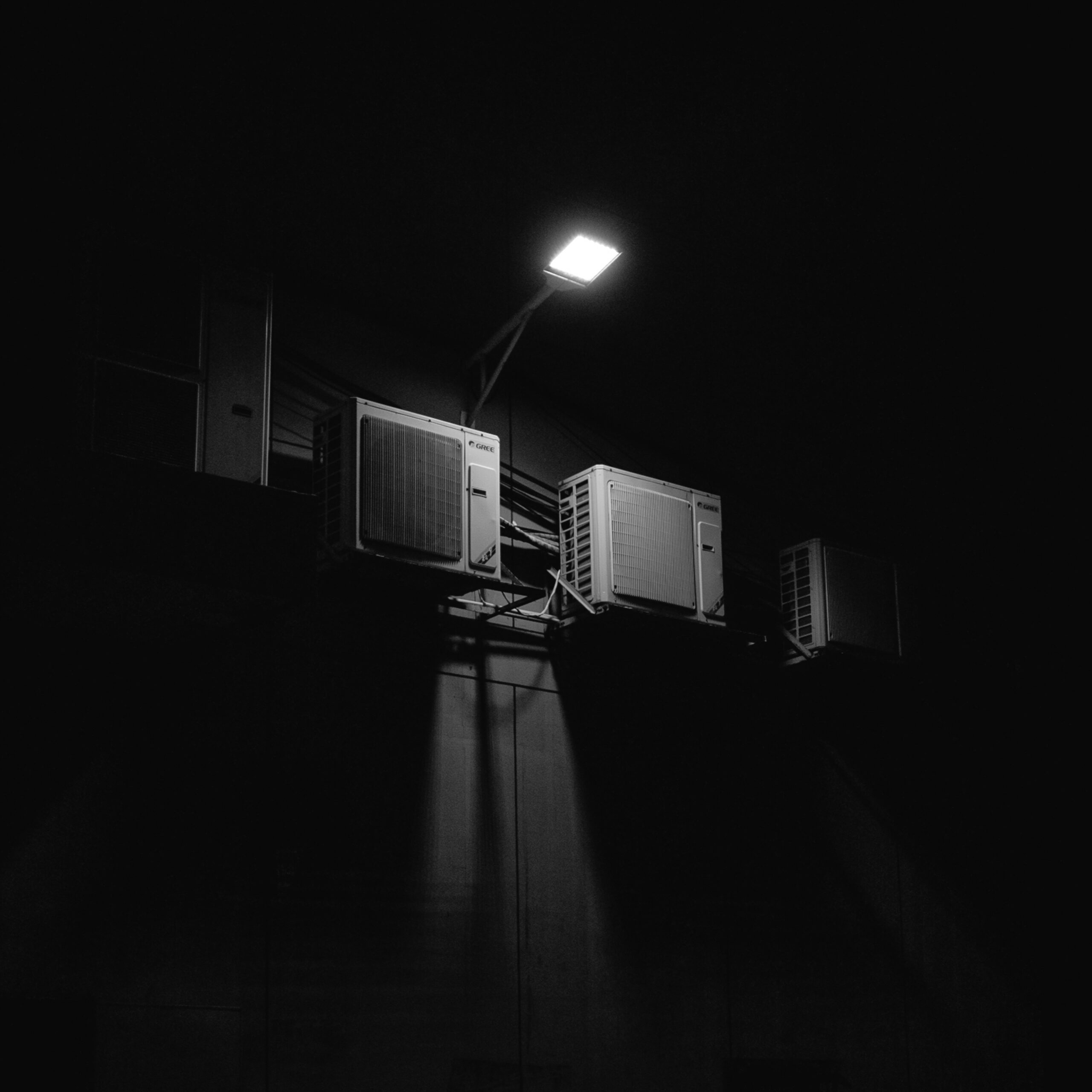Chemical and process industries employ evaporators regularly and for several reasons. It is typical for preliminary crystallization of a solute due to an increase in the solute concentration in the solution. Heating, cooling, or freezing liquefied gases and producing pure or mixed vapors for process applications.
When referring to the first of these applications, the term evaporators are commonly employed. A solution that has had its solvent removed can be concentrated by concentrating the solution without any additional solvent. Falling-film evaporators are those in which evaporation occurs from the film interface, with no nucleate boiling occurring at the wall.
The wall nucleate boiling evaporators, flash evaporators, and direct contact heat exchangers are examples of this category. Wall nucleation initiates vapor generation in evaporators using nucleate boiling technology. Boiling systems, in general, are subclassified into evaporators of this type. Forced Convection Boiling’s heat transmission methods are the same as those discussed in the article.
The following evaporators fall into this classification:

- Mounting Film Evaporator. The Evaporators entry has a small area of nucleate boiling.
- However, the central part of the Evaporator has no nucleate boiling in the tubes.
- Evaporation of Climbing Film
- Vertical Evaporator with Short Tubes.
- With an internal circulation device, small tubes can be employed to enhance circulation and minimize fouling.
- An evaporator with a short vertical tube
- Evaporator with a basket.
- Can remove the entire tube bank for cleaning, a variant of the short tube type described above.
Evaporator with a Basket:
Vertical Evaporator with long tubes. There is no spare space in the Evaporator; hence, this is the most efficient type. Separation takes place in a different vessel because the tubes are longer. A vertical evaporator with a long tube Evaporators with plates. For water to evaporate, it must pass through channels divided by plates of differing thicknesses and materials. The plate heat exchanger and the plate-fin heat exchanger can serve as evaporators in the same application, if necessary. Evaporators with spiral plates are also employed.
Evaporators with Plates:
Evaporator with a Shell-Side Horizontal Tube. Evaporation takes place outside surfaces in crossflow of this kind, one of many, and heating takes place on the interior of the tubes.
Evaporation in a Moment’s Notice:

In the chemical industry, the phrase “flashing” refers to the process of heating a liquid under pressure before spraying it into a vessel with lower pressure to evaporate the liquid. The production of vapor occurs as a result of returning the liquid to its saturation temperature. The most well-known application of flash evaporation is in saltwater desalination plants, which is possibly the most notable.
As depicted graphically, saltwater is evaporated at different temperatures to generate distilled water. Evaporators that use direct contact This piece of equipment is used to evaporate a pool of liquid accumulated, and it accomplishes this by using a high-temperature gas.
The efflux gas carries the vapor away. Evaporators like these can concentrate corrosive fluids, viscous lubricants, and emulsion-like compounds, all of which are pretty affordable. For which conventional heat exchangers may not be capable. Using a submerged combustion system to produce hot gas is an easy and convenient method. To create the liquid in situ, fuel oil or natural gas is burned in a combustion chamber located within a liquid vessel.
For all your HVAC installation and home projects we are here to help. We cover all of the state of Maryland, DC, and Virginia. Get access to affordable and qualified local expert HVAC specialists at 301-756-1179. Get a free estimate of your project needs by using any of our quote forms on the front and other site pages.

